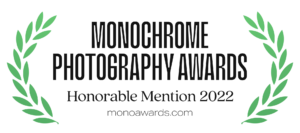Artist's Statement
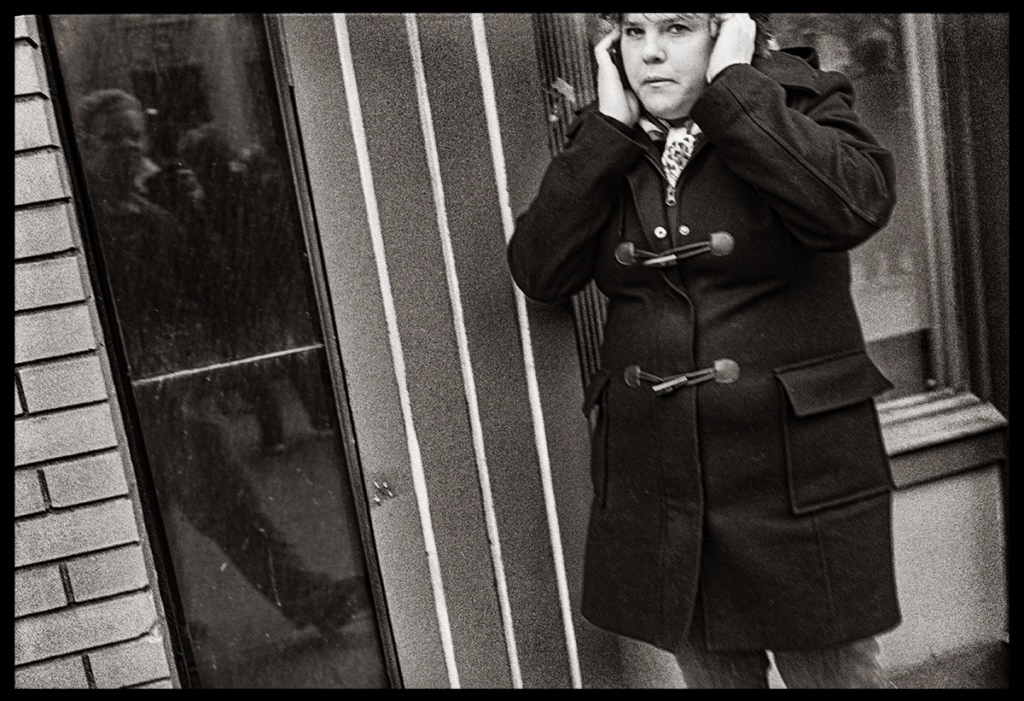
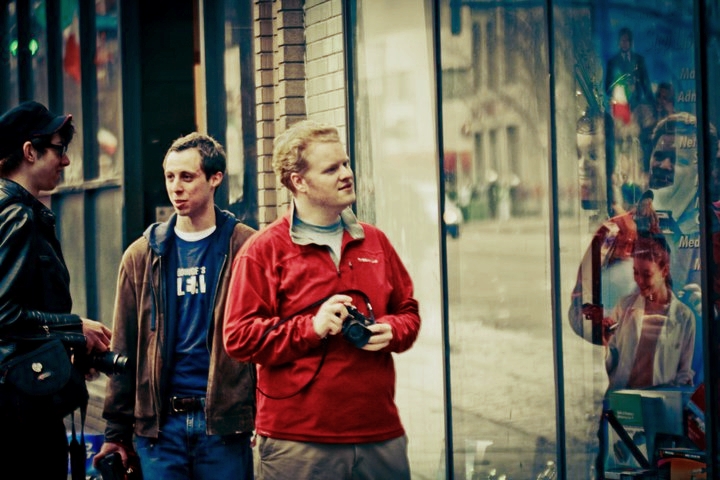
I am very nearsighted. I have spent my whole life actively concealing this fact. Unless disclosed by me, it is not easily noticeable by others. However, photographically speaking, my vision influences my work in several important ways. First, I tend to work very close to my subjects. This tendency creates an interesting dynamic in how subjects look at me and the camera. In this way, I insert myself into many images. Secondly, looking through the viewfinder is nearly worthless to me. I have learned my focal length very well, and have a good sense of what is, and is not in frame. Sometimes I raise the camera just below my eyes to ensure level framing or achieve a certain angle. That is to say, I have learned to “see” with my hands. The “Shadow Caste” image is a good example of that.
As acclaimed film director Federico Fellini said “All art is autobiographical. The pearl is the oyster’s autobiography.” My style of composition and eyesight cannot be separated; one is the organic outcropping of the other.
I practice “decisive moment” photography with a fully manual camera. I am of the persuasion that discarding the viewfinder allows for a more intimate exchange. Doing so conveys empathy to the subject and translates into the sincerity of their expression. Lastly, and perhaps most importantly, is the power of compensatory perception. That is, a heightened ability in one capacity derived from a deficit in another. To compensate for reduced acuity, I have naturally developed an increased sensitivity to facial affect and expression. This allows me to capture a subject’s peak state of emotion and to communicate, photographically, their most authentic self.
Street photography can be thought of as photojournalism of the mundane. The “street” really has nothing to do with it. Looking at and understanding this genre does have some prerequisites. A familiarity with the early pioneers such as Henri Cartier-Bresson, Helen Levitt, and Robert Capa gives the viewer a basis upon which to measure composition.
My approach is to shoot first and talk later, or talk not at all. I do not ask permission to take someone’s picture. As you can imagine, not everyone appreciates that… There is a definite learned tact to not being clobbered by disagreeable subjects. Let there be no mistake, sticking a camera in a stranger’s face is an extremely hard thing to do.
I make a concerted effort to avoid “time-stamping” an image. That is, I try to avoid cars, cell phones, and trendy clothing. I aim to create an image with a sense of time ambiguity, where it looks like the photograph could have been taken today, or sixty years ago. Of course these objectives are not always achievable. But I feel there is classy elegance to a timeless image.
Stylistically, I have always liked abstract and impressionist art. Photographically, I find myself drawn to people with hats and umbrellas, for example, as they introduce pleasant and irregular geometries. I also readily rotate the camera to invite alternative and nonlinear angles. At a young age, I was encouraged to draw faces by my mother, a talented artist in her own right. Today I use faces, often profiles, to frame and compose compositions. In this way, I attempt to insert visual elements of the abstract into a delineative art form. I profoundly admire the work of Elliott Erwitt, and have also taken much inspiration from Irving Penn, Brassai, Eugene Richards, and Sebastiao Salgado, to name only a few.
Photographic Biography
In 2001 I began a formal study of traditional black and white photography at Binghamton Univ. My professor, Costa Sakellariou, exposed me to the world of street photography; a style of photography that was completely foreign to me at the time. On an impromptu field trip downtown, I watched Costa walk up to a crossing guard on an otherwise empty street. Standing not more than four feet away, he raised his Leica and took a picture. He didn’t just take a picture, he reclaimed it as if it was something that already belonged to him. It was wild. I had never seen anything like it. As for the crossing guard, he was like a deer trapped in the headlights, probably as mesmerized by the experience as I was. In that transformative instant, lasting barely twenty seconds, I recognized an entirely new modality of artistic expression.
During my time at Binghamton Univ., I joined the student newspaper, Pipe Dream, as a photojournalist where I photographed, among many others, Hillary Clinton and Gov. George Pataki. In 2002, I received the “News Photo of the Year” award for a photograph of a 9/11 memorial. During the summers and after graduation, I traveled the neighboring counties for their little festivals and field days, shooting around 50 rolls of film a year.
In 2005 I saved up enough to finally buy a used 35mm Leica Summicron lens. But in January of 2006, due to some irresponsible girls who left their clothes on a space-heater, my apartment building burned down and I lost everything, including all my negatives and about 50 rolls of undeveloped film, taken with that Leica lens. This was an absolute devastating time for me. After a few year hiatus, I got a modest fixed-lens rangefinder and began photographing again. When you love what you do, you cannot stay away for too long.
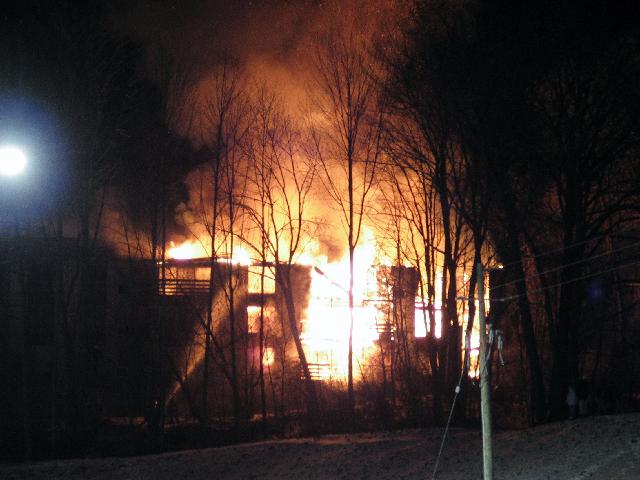
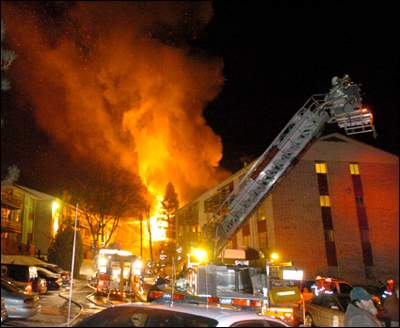
Photographic CV
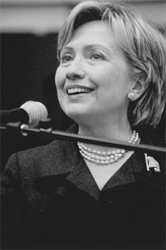
2001 – 2003
2003 – 2004
Black & White Photography and Darkroom Techniques I
Black & White Photography and Darkroom Techniques II
Mixed Media I
Mixed Media II
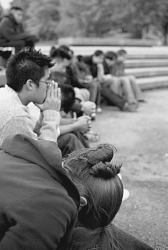
2001 – 2004
2002
2003/7
Photojournalism. PipeDream News Paper
Notable photographs: Hillary Clinton, Gov. George Pataki
BA Binghamton Univ.
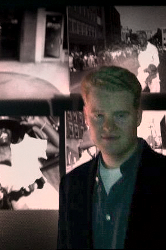
2012
Exhibition. Know Theater, Binghamton NY
